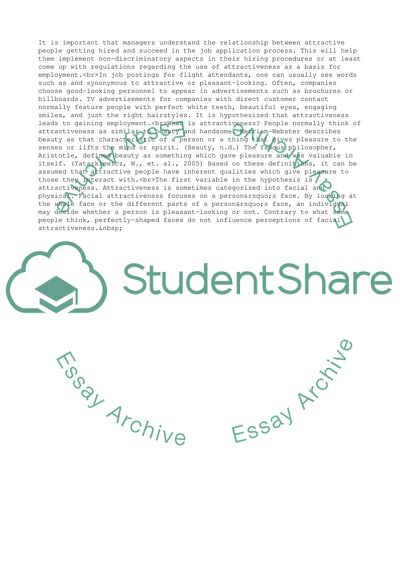Cite this document
(“The Relationship between Attractive People getting Hired and Success Research Paper”, n.d.)
The Relationship between Attractive People getting Hired and Success Research Paper. Retrieved from https://studentshare.org/management/1745706-two-variable-paper
The Relationship between Attractive People getting Hired and Success Research Paper. Retrieved from https://studentshare.org/management/1745706-two-variable-paper
(The Relationship Between Attractive People Getting Hired and Success Research Paper)
The Relationship Between Attractive People Getting Hired and Success Research Paper. https://studentshare.org/management/1745706-two-variable-paper.
The Relationship Between Attractive People Getting Hired and Success Research Paper. https://studentshare.org/management/1745706-two-variable-paper.
“The Relationship Between Attractive People Getting Hired and Success Research Paper”, n.d. https://studentshare.org/management/1745706-two-variable-paper.


